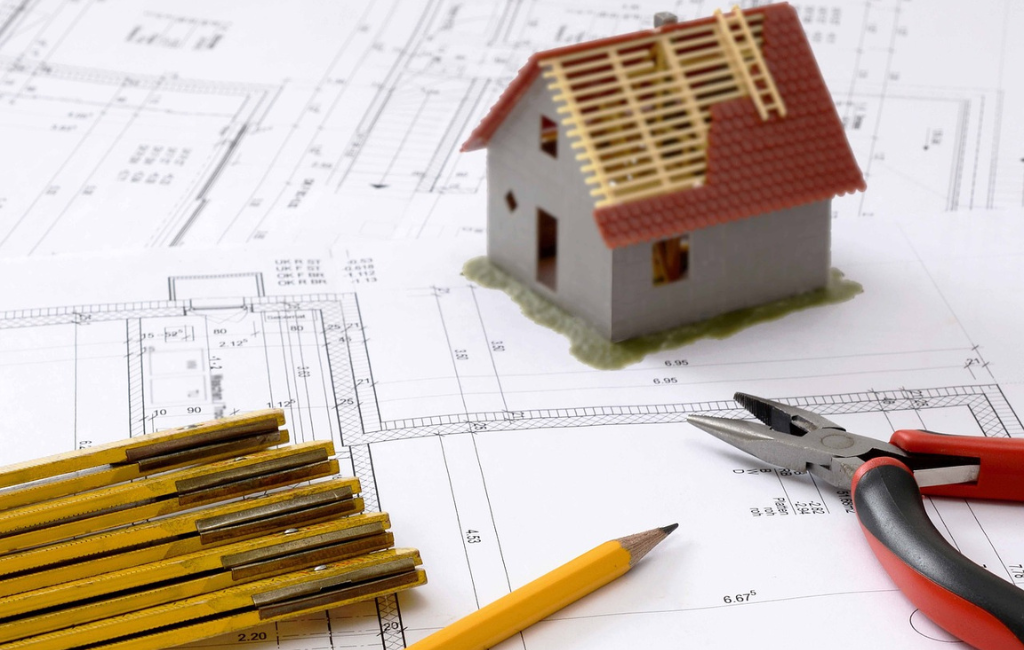Essentials of Architect Planning

Essentials of Architect Planning
Architect planning is a multifaceted discipline that requires a blend of creativity, technical knowledge, and strategic thinking. It involves the design and organization of spaces to meet the needs of individuals and communities. This article explores the key components of architect planning, providing insights into the processes and considerations that shape successful projects.
Understanding the Role of an Architect
An architect is responsible for creating designs that are both functional and aesthetically pleasing. They must balance the needs of the client with environmental, social, and economic factors. Architects work closely with engineers, contractors, and other professionals to bring their visions to life.
Key Responsibilities
- Designing buildings and structures
- Ensuring compliance with building codes and regulations
- Collaborating with clients to understand their needs
- Managing project timelines and budgets
- Overseeing construction processes
Principles of Architect Planning
Successful architect planning is grounded in several core principles. These principles guide architects in creating spaces that are not only functional but also enhance the quality of life for their users.
Functionality and Usability
Functionality is a cornerstone of architect planning. Spaces must be designed to serve their intended purpose effectively. This involves understanding the activities that will take place within the space and designing accordingly.
Sustainability
Sustainability is increasingly important in architect planning. Architects are tasked with creating designs that minimize environmental impact. This can involve using sustainable materials, incorporating energy-efficient systems, and designing for longevity.
Aesthetic Appeal
While functionality is key, aesthetic appeal cannot be overlooked. A well-designed space should be visually pleasing and reflect the values and identity of its users. Architects often draw inspiration from cultural, historical, and natural elements to create unique designs.
Steps in the Architect Planning Process
The architect planning process is a structured approach that involves several stages. Each stage is critical to the success of the project and requires careful attention to detail.
Initial Consultation and Briefing
The process begins with an initial consultation where the architect meets with the client to discuss their needs and expectations. This stage involves gathering information about the site, budget, and timeline.
Conceptual Design
During the conceptual design phase, architects develop preliminary sketches and models. This stage is about exploring different design options and presenting them to the client for feedback.
Design Development
Once a concept is approved, the design development phase begins. Architects refine the design, incorporating technical details and specifications. This stage often involves collaboration with engineers and other specialists.
Construction Documentation
In this phase, detailed drawings and specifications are prepared. These documents serve as a guide for contractors during the construction process. Accuracy and precision are critical at this stage to avoid costly errors.
Construction and Project Management
The final stage involves overseeing the construction process. Architects work closely with contractors to ensure the project is completed on time and within budget. They may also be involved in resolving any issues that arise during construction.
Case Studies in Architect Planning
Examining real-world examples can provide valuable insights into the architect planning process. Here are two notable case studies that highlight different aspects of architect planning.
The Sydney Opera House
The Sydney Opera House is a prime example of innovative architect planning. Designed by Jørn Utzon, the building is renowned for its unique sail-like design. The project faced numerous challenges, including budget overruns and technical difficulties, but it ultimately became an iconic symbol of modern architecture.
The High Line in New York City
The High Line is an urban park built on a historic freight rail line elevated above the streets of Manhattan. The project transformed an abandoned structure into a vibrant public space. It demonstrates the power of adaptive reuse and community engagement in architect planning.
Statistics and Trends in Architect Planning
Understanding current trends and statistics can help architects make informed decisions. Here are some key statistics related to architect planning:
- According to the U.S. Bureau of Labor Statistics, employment of architects is projected to grow 1% from 2019 to 2029.
- A report by the World Green Building Council found that green buildings can reduce energy consumption by up to 30%.
- The global market for smart buildings is expected to reach $109 billion by 2026, according to a report by MarketsandMarkets.
Conclusion
Architect planning is a dynamic and complex field that requires a deep understanding of design principles, technical knowledge, and project management skills. By focusing on functionality, sustainability, and aesthetic appeal, architects can create spaces that enhance the quality of life for their users. Through careful planning and collaboration, architects can overcome challenges and deliver successful projects that stand the test of time.